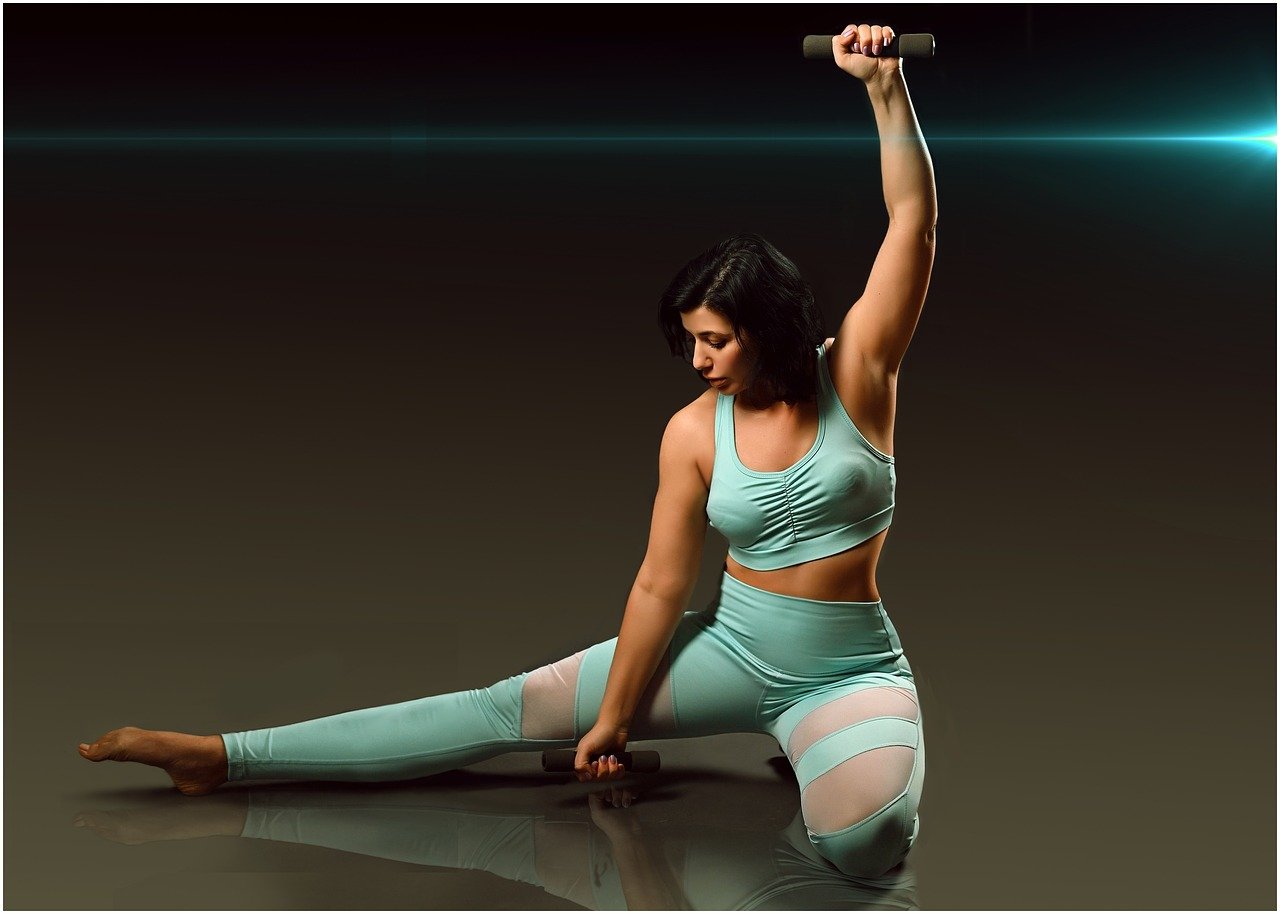Table of Contents
![]()
Choosing the right workout gear is crucial for optimizing your performance, enhancing comfort, and preventing injuries. With a multitude of options available, making informed decisions about your workout attire and equipment can significantly impact your fitness journey. This article provides a comprehensive guide to selecting the best workout gear tailored to your needs.
Understanding Your Workout Needs
Before diving into the specifics of workout gear, it’s essential to identify your workout type and environment. Different workouts require different gear, so understanding your exercise routine will help guide your choices.
- Identify Your Workout Type:
- Cardio Workouts: Activities like running, cycling, or aerobics demand gear that supports high-impact movements and provides breathability. For instance, running shoes with cushioning and moisture-wicking apparel are ideal.
- Strength Training: Weightlifting and resistance exercises require supportive footwear and durable clothing that can withstand stress and offer freedom of movement. Consider shoes with a flat, stable base for lifting and breathable, stretchy fabrics for clothing.
- Flexibility and Balance: Yoga and Pilates focus on stretching and controlled movements, so your gear should be comfortable and flexible. Yoga mats and non-restrictive clothing are key.
- Sports-Specific: If you’re engaging in sports like basketball or tennis, you’ll need gear designed for the specific demands of the sport, such as supportive sneakers and appropriate protective equipment.
- Consider Workout Environment:
- Indoor vs. Outdoor: Outdoor workouts might require weather-resistant clothing, such as moisture-wicking layers or windbreakers. Indoor workouts may have less stringent clothing needs but focus on comfort and breathability.
Key Components of Workout Gear
Selecting the right gear involves evaluating several key components to ensure they meet your workout demands.
- Footwear:
- Types of Shoes: Different workouts necessitate different types of shoes. Running shoes are designed for cushioning and shock absorption, cross-trainers offer versatility for various exercises, weightlifting shoes provide stability, and cycling shoes enhance pedal efficiency.
- Features to Look For: When choosing shoes, consider cushioning for impact protection, arch support for comfort, durability for longevity, and proper fit to prevent blisters and injuries.
- Clothing:
- Fabric Types: Moisture-wicking fabrics draw sweat away from the body, keeping you dry. Breathable materials allow air circulation, and compression wear can aid in muscle support and recovery.
- Types of Workout Clothing:
- Tops: Opt for moisture-wicking and breathable materials in t-shirts or tank tops to keep cool.
- Bottoms: Choose from shorts or leggings based on your comfort and the type of exercise. Ensure they offer flexibility and comfort.
- Outerwear: For outdoor workouts, consider jackets or vests that offer weather protection and are easily removable.
- Fit and Flexibility: Proper sizing is crucial to avoid discomfort. Look for clothing that fits snugly but allows for a full range of motion.
- Accessories:
- Supportive Gear: Sports bras provide support for high-impact activities, while compression sleeves and support belts can help manage muscle strain and joint stability.
- Safety Gear: Helmets, knee pads, and elbow pads are essential for certain sports to prevent injuries.
- Other Accessories: Items like water bottles, workout gloves, and fitness trackers can enhance your workout experience and ensure you stay hydrated and motivated.
Factors to Consider
When selecting workout gear, several factors can influence your choice:
- Budget: Balancing cost with quality is essential. While investing in high-quality gear can be beneficial, prioritize key pieces that will have the most significant impact on your performance and safety.
- Brand and Reviews: Research reputable brands known for their quality and performance. Checking user reviews and ratings can provide insight into the effectiveness and reliability of the gear.
- Personal Preferences: Choose gear that aligns with your style and preferences. Personal satisfaction with the appearance and brand can enhance your motivation.
- Sizing and Fit: Proper fit is crucial for comfort and performance. Ensure you check sizing charts and, if possible, try gear on before purchasing or verify return policies.
Where to Buy Workout Gear
You can purchase workout gear from various sources:
- Physical Stores: Specialty sports stores and department stores offer the advantage of trying on gear and getting immediate assistance from staff.
- Online Retailers: Shopping online provides a wide range of options and convenience but requires careful consideration of sizing and return policies. Read product descriptions, customer reviews, and check return policies to avoid any issues.
Maintenance and Care
Proper maintenance extends the lifespan of your workout gear:
- Cleaning Workout Gear: Follow the washing instructions for different fabrics to maintain their performance and appearance. Generally, avoid high heat when drying and store gear in a dry, cool place.
- Checking for Wear and Tear: Regularly inspect your gear for signs of damage or excessive wear. Replace items as needed to ensure continued safety and performance.
Conclusion
Choosing the right workout gear involves understanding your exercise needs, evaluating key components, and considering factors like budget and personal preferences. Investing in suitable gear can significantly enhance your workout experience, ensuring comfort, performance, and safety. By following these guidelines, you’ll be well-equipped to make informed decisions and enjoy a more effective and enjoyable fitness journey.
Share This





Be the first to comment